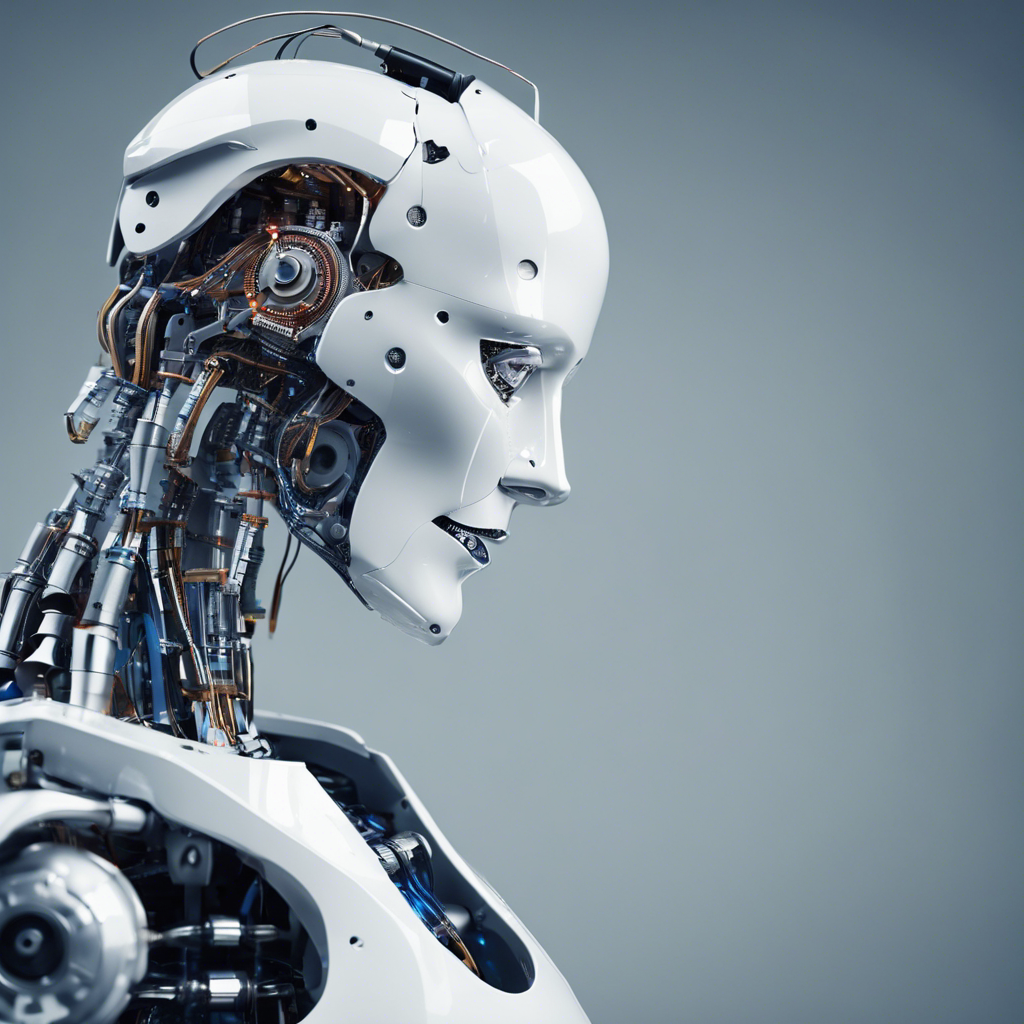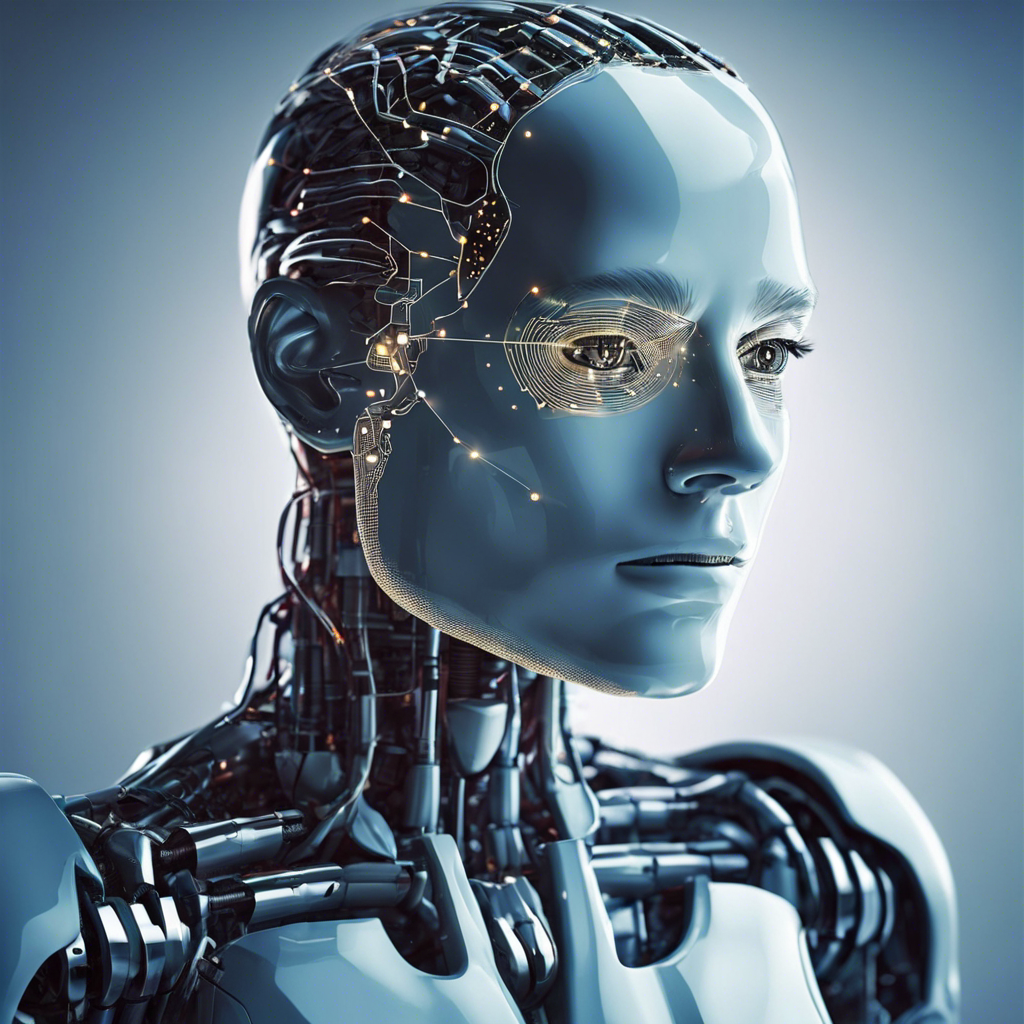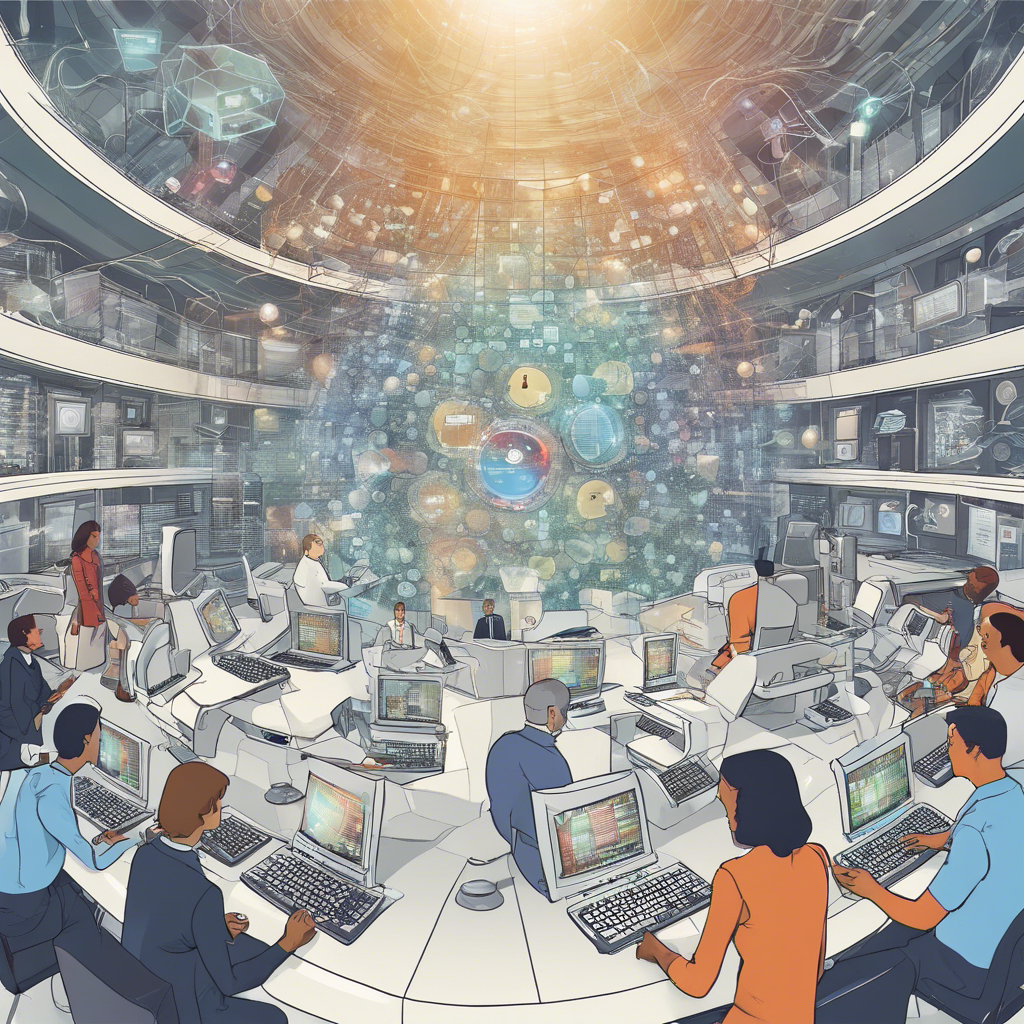Northwestern University Team Develops Groundbreaking AI Program
In a groundbreaking development, researchers at Northwestern University have successfully used artificial intelligence (AI) to build a robot. While the capabilities of the robot itself may not be the primary focus, this achievement holds immense potential for the future of AI. This breakthrough could revolutionize the way robots are created, paving the way for more efficient and advanced machines. In this article, we delve into the details of this remarkable feat and explore the implications it holds for the field of AI.
1: The Birth of an AI Robot
The team of researchers at Northwestern University has created an AI program that has autonomously constructed a fully functional robot. This marks the first time that AI has been used to build a physical machine. The program was designed to analyze and interpret data from various sources, including blueprints, diagrams, and technical specifications. It then used this information to assemble the robot from scratch, demonstrating an unprecedented level of autonomy and problem-solving capability.
2: The Potential of Autonomous Robot Construction
The significance of this achievement lies in the potential it holds for the future of robotics and AI. By utilizing AI to construct robots, researchers can streamline the manufacturing process, reducing costs and increasing efficiency. This breakthrough could revolutionize industries such as manufacturing, healthcare, and transportation, where robots play a critical role. The ability to rapidly prototype and assemble robots using AI could lead to the development of more advanced and adaptable machines, tailored to specific tasks and environments.
3: Overcoming Challenges and Pushing Boundaries
Building a robot using AI posed numerous challenges for the research team. One major hurdle was teaching the AI program to interpret complex technical data accurately. The program needed to understand intricate diagrams, blueprints, and engineering concepts to assemble the robot correctly. Overcoming this obstacle required the integration of advanced machine learning algorithms and deep neural networks, enabling the AI program to learn and adapt to new information.
4: Ethical Considerations and Implications
As AI continues to advance, ethical considerations become increasingly important. The development of AI programs capable of building robots raises questions about the potential displacement of human workers in industries that heavily rely on automation. Additionally, ensuring the safety and reliability of AI-built robots becomes crucial. Researchers must carefully address these ethical concerns to ensure the responsible and beneficial use of AI in the future.
5: The Road Ahead: Advancements and Applications
The successful use of AI to build a robot opens up a vast array of possibilities for future advancements and applications. Researchers can further refine the AI program to improve its construction capabilities and expand its range of applications. This breakthrough could lead to the development of robots with enhanced problem-solving skills, adaptability, and autonomy. Industries such as space exploration, disaster response, and healthcare could benefit greatly from these advancements.
Conclusion:
The groundbreaking achievement by the researchers at Northwestern University in using AI to build a robot marks a significant milestone in the field of artificial intelligence. This breakthrough has the potential to revolutionize the way robots are created, streamlining the manufacturing process and enabling the development of more advanced and adaptable machines. However, as with any technological advancement, ethical considerations must be carefully addressed to ensure responsible and beneficial use. As researchers continue to push the boundaries of AI, the future holds exciting possibilities for the integration of AI and robotics.











